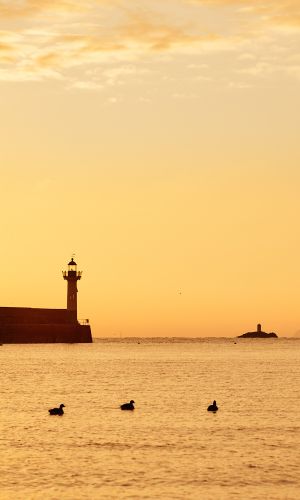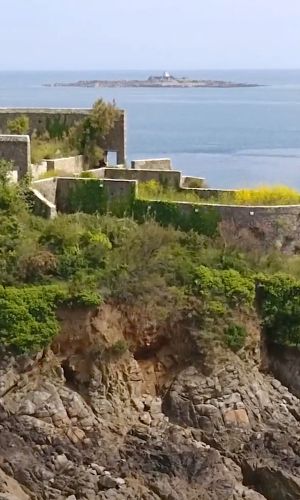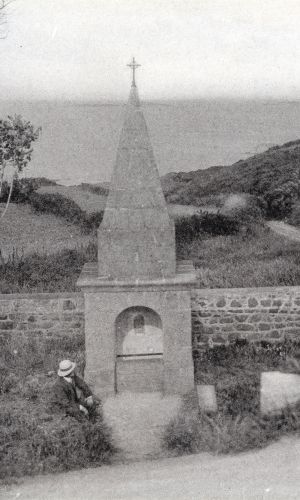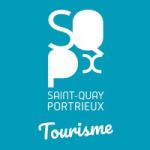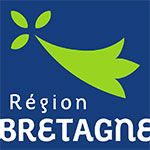The adventure of the discovery trail
The project for this heritage trail was born out of the desire of the people of Saint-Quay-Portrieux to bring their heritage to life: maritime heritage, religious heritage, built heritage, wind and water heritage, geological, botanical and ornithological heritage.
Four associations have joined forces to develop this comprehensive discovery trail project, which has been set up with the support of the Brittany Region and the municipality of Saint-Quay-Portrieux. The project has brought together the town’s associative fabric and aims to reach a wide range of audiences.
The associations that make up this group are :
L’Association des Amis de Saint-Quay-Portrieux et ses environs, founded in 2002
L’Amicale des Moulin, Fontaines, Lavoirs, founded in 2000
The Portrieux neighbourhood committee, set up in 2009
Portrieux Patrimoine, created in 2021.
Other local associations are also involved from time to time.
The work of gathering information and choosing illustrations, which began in 2022, was completed in 2024. 16 panels make up the whole of our itinerary. A wonderful adventure.
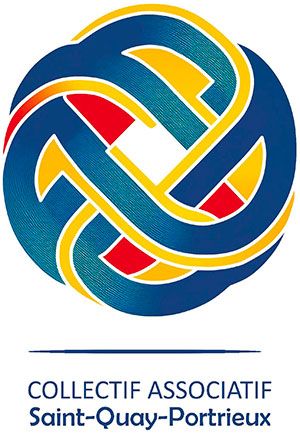
Why an audio version in Gallo?
In Saint-Quay-Portrieux (Saint-Qhè in Welsh), people did not speak Breton but Gallo, the Romance language of Upper Brittany, one of the two mother tongues of the Breton territory. Gallo was spoken in Ile et Vilaine, in the eastern part of Côtes-d’Armor and Morbihan and in Loire-Atlantique. The linguistic border with Breton, the language spoken in Lower Brittany, passed a few kilometres from here, at Plouha.
Gallo is a langue d’oïl derived from popular Latin, which gradually took over from Gallic from the 7th century onwards. Its presence is attested from the 12th century, with a number of speakers roughly equal to those of Breton. Today, French is spoken by the majority of the population throughout Brittany.
We wanted to play our part in reviving the Welsh language, which is essentially an oral language, by offering you an audio version of some of the texts that explain our journey.
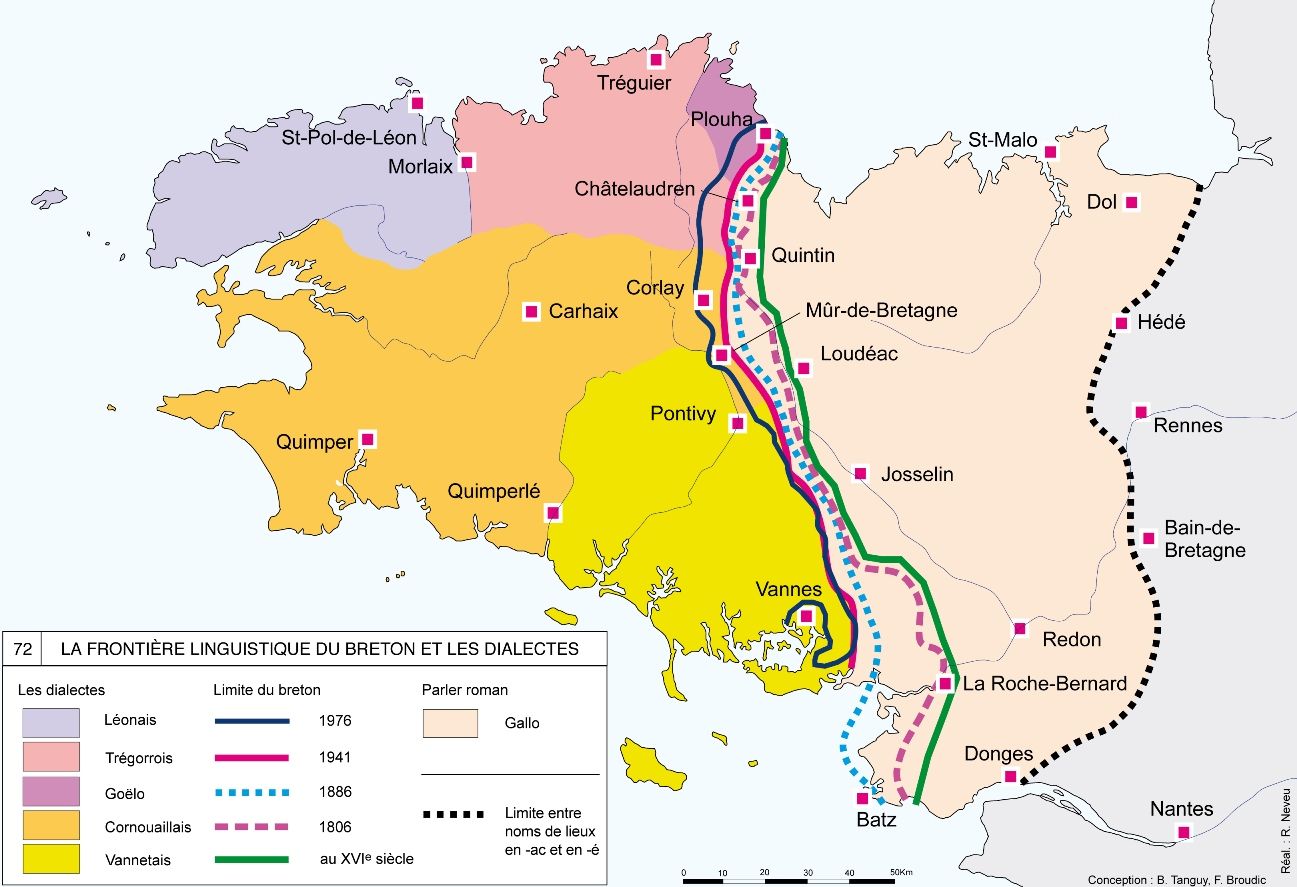
The translations were carried out by the Institut du Galo and the speaker you are hearing is from our commune. His “Gallo” was not exactly the same because, as with Breton, the Welsh language, which differed from one commune to another, has been unified. He has adapted to this “new Gallo”.
Our illustrator: Erwan Le Saëc

To illustrate the panels along the route, our collective chose to call on the services of a talented cartoonist, Erwan Le Saëc, who was able to illustrate the scenes of life that we wanted to portray. Our thanks go to him!
Born in Quimper in 1960, Erwan Le Saëc decided to become a cartoonist when he was just 25. After starting out as a solo artist, he moved to Rennes, took part in a fanzine with other artists and published his first comic strip. He signed with Delcourt, then with other publishers, before turning to self-publishing. His main titles include
- “Les enragés” (series), Editions Delcourt – 1994-1999
- “Flag”, published by Delcourt – 1999
- “Ce qui est à nous”, (series on the history of the Mafia), Editions Delcourt – 1999-2005
- “Mafia story” (series) – Editions Delcourt – 2007-2014
- “Entre terre et Mer” (3 volumes) – Editions Soleil/Celtic – 2015
- “Bugaled Breizh” – Editions Locus Solus – 2016
- “Les parrains” (Complete “ce qui est à nous”) (2 volumes) – Editions Delcourt – 2023
Erwan Le Saëc lives near Cancale.
layout, production and more …
- Design of the models : Roudenn Grafik – Plérin (22)
- Manufacture of lecterns and enamelled lava panels: Jezequel publicité – Trégueux (22)
- Website design and photography: PH’ART Photographie – Saint-Quay-Portrieux (22)
- Recording of podcasts: Studio Johann Demarigny – Saint-Quay-Portrieux (22)


